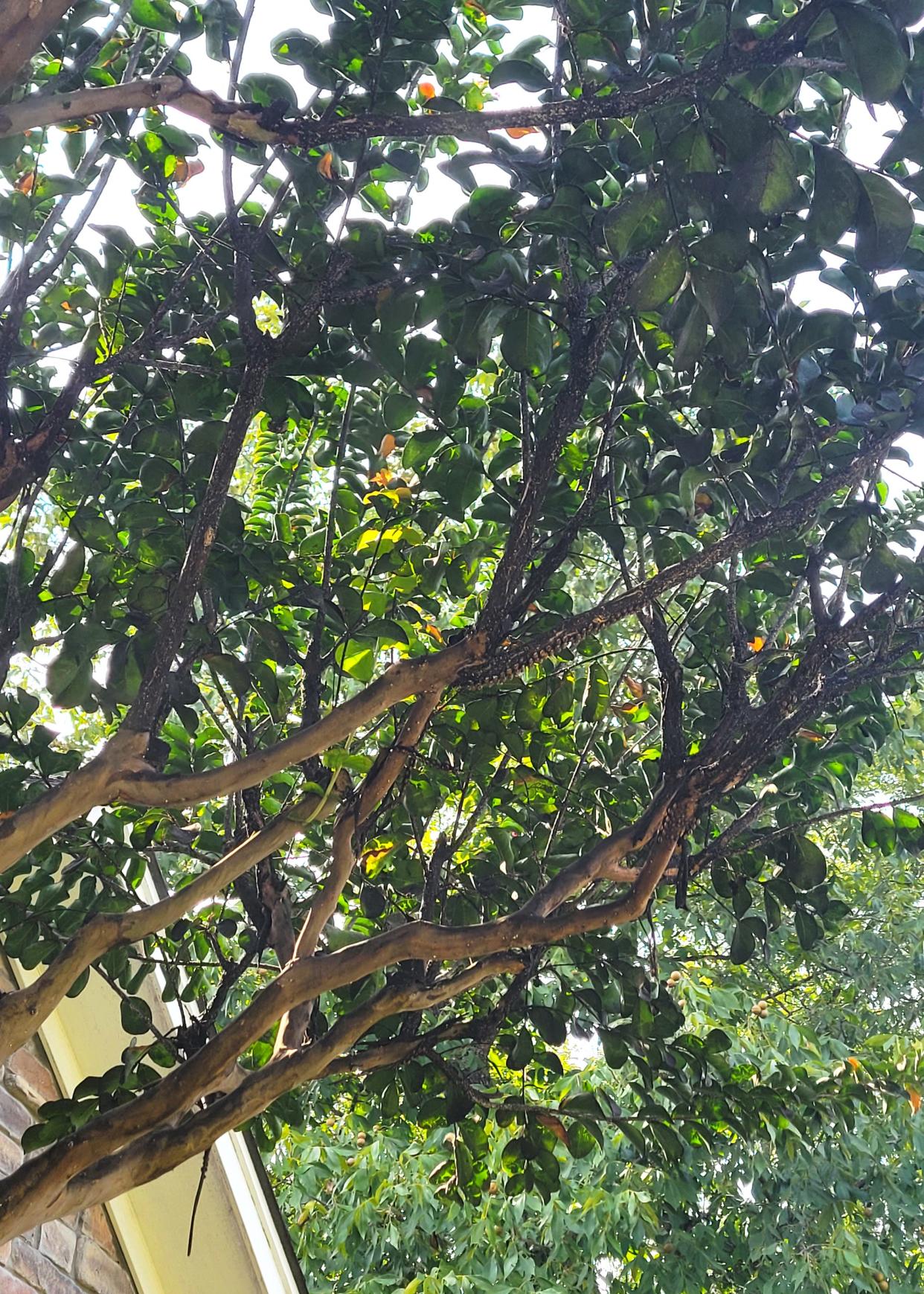Campbell Vaughn: Crape myrtle bark scale is back and looks to be a big problem this year

I wrote about crape myrtle bark scale (Acanthococcus lagerstroemiae) (CMBS) last summer because it was becoming an issue in our landscapes. Since that article, I have never had as many people call me discussing a subject more in my entire time in Extension. Times ten.
I felt the need to revisit this because this terrible outbreak of this exotic invasive parasite is plaguing our beautiful crape myrtles all over Augusta. CMBS is here and I believe the damage is going to be epic.
I have always been a big fan of crape myrtles. They are tough as nails, bloom heavily, grow fast and are relatively pest free. If you don’t murder them by pruning them back every year, they make a great medium-sized shade tree.
Our traditional hot, humid and dry climate in the Augusta area is suited to crape myrtle’s growth and longevity.
There are two of the largest crape myrtles in Georgia in the downtown area of the Garden City. One is in the 400 block of Telfair Street and the other in the historic Magnolia Cemetery off 3rd Street.

The crape myrtle bark scale looks a lot like what its name suggests.
The insect infests stems, large twigs, and branches usually near crotches and pruning sites. This bark scale sucks the sap out of the tree and excretes a sugary substance called honeydew. When the honeydew begins to “spoil” it starts to grow a black substance called sooty mold. Crape myrtle bark scale produces a lot of honeydew and as a result people really start to notice the woody parts of the tree becoming covered with the black substance that resembles soot.
How does this lethargic looking insect get on crape myrtles? Male bark scale insects are winged and will fly to find females and mate. Once mated, the females lay up to 250 eggs in a capsule and subsequently die. The eggs remain protected within the white-colored capsule until the little “crawlers” hatch and disperse onto the branches like elementary school kids heading to recess.
The crawlers are pink, very small, and hard to see. When they start feeding, the sooty mold shows up and I start getting lots of calls at the office.
Crape myrtles suffer damage that may not kill the plants, but there will be a reduction in plant vigor, number of flowers, possible loss of branches, and flower cluster size. Infested plants usually leaf out later than healthy plants. The plant (and everything under it) will also turn black from the mold.
Campbell Vaughn: Pollen is a part of life. Sure, it makes a mess, but it's necessary.
Bark scale will feed under loose and exfoliating bark typical of some species, making control by both predators and pesticides more difficult.
Keeping crape myrtles healthy by properly mulching, irrigating, fertilizing, and proper pruning can help prevent major infestations. Shadier areas tend to have heavier scale issues than sunnier spots.
Other common landscape plants that are susceptible to CMBS infestations include pomegranate, persimmon, fig, boxwood and cleyera. These plants should be closely inspected for the CMBS, especially if crape myrtles are planted nearby.
Natural predators are having trouble keeping up with the prolific CMBS infestations. If you see sooty mold out of nowhere, you probably have crawlers.
Use a bifenthrin spray mixed with 2% horticultural oil (i.e., 5 tablespoons of horticultural oil per gallon of water in a sprayer) for best crawler control. Follow the label directions on bifenthrin products for the rate per gallon. Horticultural oils do a good job of smothering the scale insects, but you must be extra careful applying this oil in the heat of the summer because it can burn the leaves on the plant. Mornings and late evenings are best.
Spray the plant until it drips. A pump sprayer can work for a small tree, but when the trees are big use a hook to hose dial-in-rate sprayer.
For a major infestation, the most effective chemical control is a soil drench in the spring with the systemic insecticide dinotefuran sold as Safari. The systemic insecticides will move up into the plants and can give control for the most part of a year. Applications are most effective when done in spring as new plant growth begins. Be careful using systemics because they are known to harm pollinators.
A couple of other crape myrtle issues I need to mention are:
Aphids are common in crape myrtles and are also producers of sooty mold, so check the branches for the scale before jumping to conclusions.
In a few weeks, powdery mildew will appear on some crape myrtles and will turn the branches a cloudy white. Treat with Daconil as soon as you spot the fungus for suppression. If left untreated, the powdery mildew will adversely affect your blooms and leaves will not form correctly this growing season.
This article originally appeared on Augusta Chronicle: Campbell Vaughn: Expect 'epic' damage this year from bark scale
